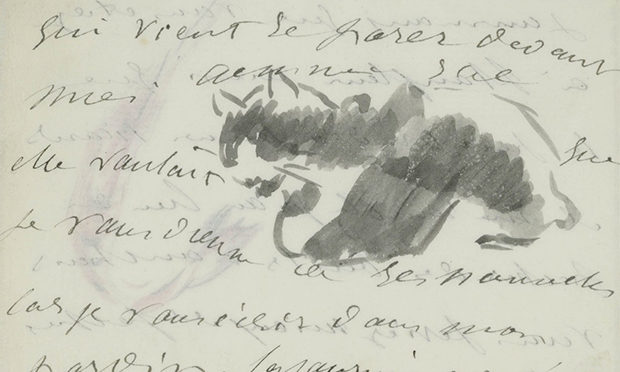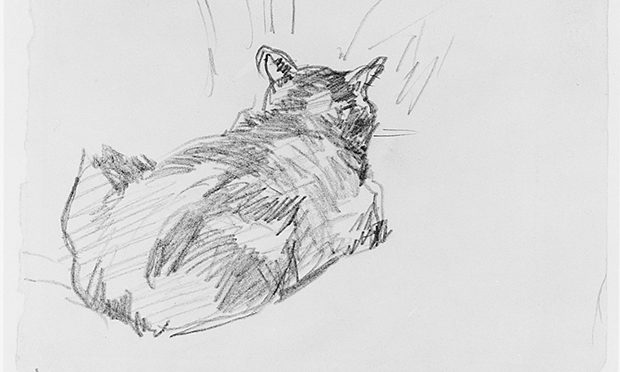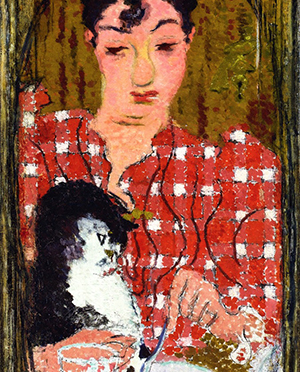Pawtraiture

Castor and Pollux, the Heavenly Twins, were offspring of the goddess Hera in classical mythology.
Handsome, loyal and affectionate, they were celebrated in sculpture and art; so it seemed agreeable for Paris Zoo to name the two baby brother elephants they acquired after them.
Less agreeable, but necessary, was when they were slaughtered, along with other animals in the Jardin des Plantes, during the siege of Paris in the Franco-German war.
This drastic step was taken to supply food, but not for the starving masses. The meat was sold to the highest bidders, posh butchers and poncy chefs, who devised comical menus and ‘interesting’ dishes. A bit of a giggle, but not funny for the poor who ended up eating rats, dogs and cats.
This depressing time, which culminated in a defeat for France in 1870 at the hands of Prussia, followed by the suppression of the Paris Commune, left Paris and its citizens shattered and starving.

The painter Édouard Manet lived through much of this time. The elegant flaneur’s paintings caught the enjoyable fleeting moments of everyday life, and then the unexpected horrors of reprisals and massacre.
His comfortably-off family were safe in Bordeaux during the siege of Paris and so his black and white cat Zizi was spared from the dinner menu.
He often drew Zizi in letters to friends, and art critics might perhaps be mistaken in seeing this as an unkind reflection of the tedium of bourgeois domesticity.
Yet perhaps, when looking at Manet’s unfinished painting in 1880 of Zizi curled up on the vast, pink-clad lap of his wife Suzanne Leenhoff, Manet was expressing feelings of affection for its protective calm and security. He might have even seen Claude Monet’s drawing of a cat asleep on a bed, which captures a similar notion of domestic comfort.

Bonnard’s The Checked Blouse is a different matter. An imperturbable young woman restrains a manipulative cat while enjoying her pudding – an astonishing achievement.
Country cats were not doted on in quite the same way during the Second World War, when feeding a cat was counterproductive. A ‘good mouser’ was kept hungry to do her job, keeping the rats and mice under control.
No tins or pouches of designer cat food, although surplus milk, cream or food scraps often came her way, along with the moral obligation to ‘find a good home’ for every kitten in her litter. They were pearls without price, like skilfully bred Welsh sheep dogs.
